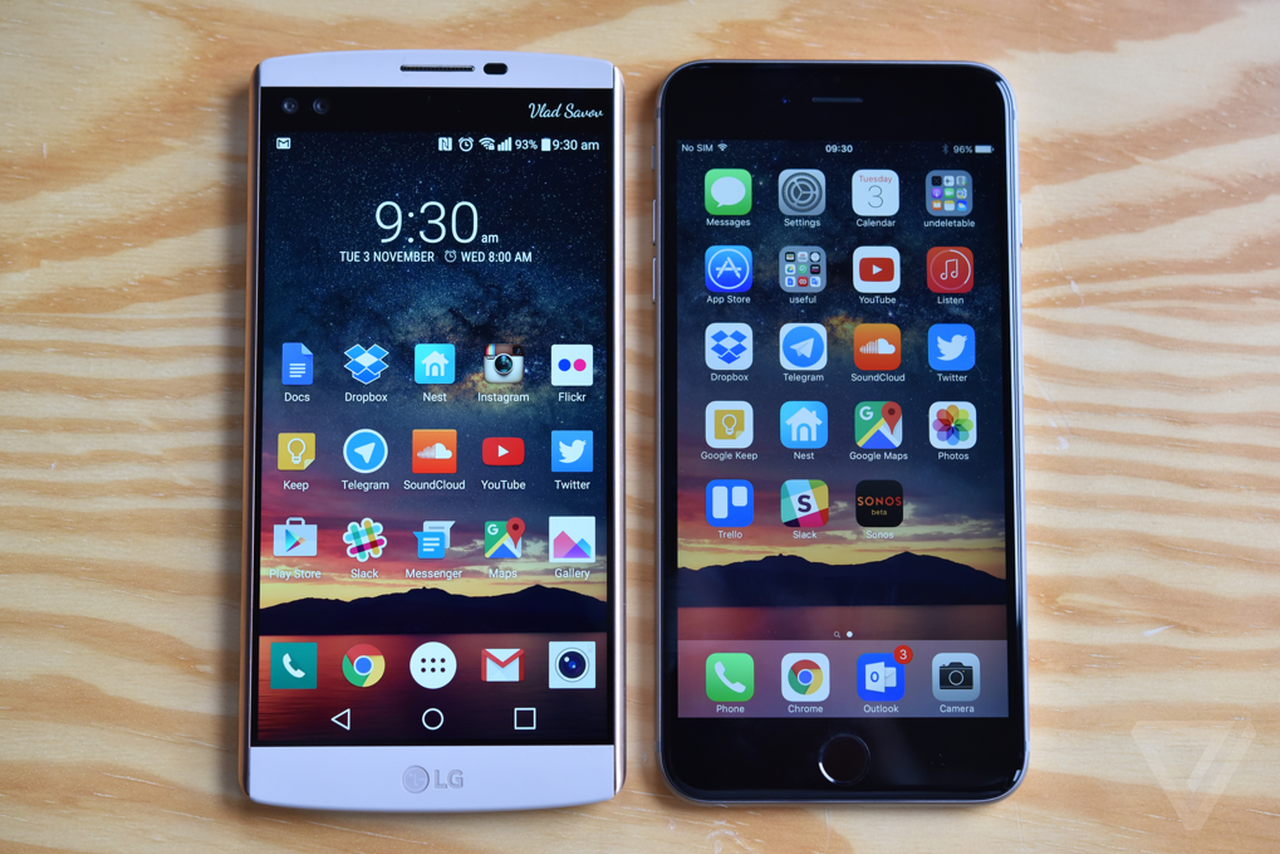Navigating the Tech Landscape: iPhone vs. Android for Seniors in 2024
Introduction:
With
the rapid advancement of technology, cellphones are becoming a necessary
component of our everyday existence. For seniors, choosing the right device
can be a pivotal decision that enhances their connectivity, entertainment, and
overall well-being. In this article, we will delve into the nuanced comparison
between iPhones and Android devices, considering the specific needs and
preferences of seniors in the year 2024.
Understanding
the Unique Needs of Seniors:
1.1
Vision and Accessibility:
Seniors often face challenges related to vision, making
accessibility a crucial factor in their smartphone choice. iPhones, renowned
for their user-friendly interface, have robust accessibility features. The
VoiceOver screen reader, magnifier, and text-to-speech functionalities empower
seniors with visual impairments to navigate their device effortlessly.
Android,
on the other hand, has made significant strides in accessibility features. With
options like TalkBack, font size adjustment, and screen magnification, Android
devices cater to seniors with varying levels of visual acuity.
1.2
Ease of Use:
Simplicity and ease of use are paramount for seniors
unfamiliar with complex technological interfaces. iPhones are lauded for their
intuitive design and straightforward navigation. The consistency in the iOS
ecosystem allows seniors to grasp the basics quickly, facilitating a seamless
learning curve.
Android,
with its diverse range of manufacturers and custom user interfaces, may present
a steeper learning curve. However, some Android devices, especially those
running on a pure Android experience or close to it, offer simplicity akin to
iPhones.
1.3
Security and Privacy:
As privacy concerns become more prominent, seniors, who may
be more susceptible to online threats, need devices with robust security
features. iPhones, with their closed ecosystem and regular security updates,
offer a higher level of protection against malware and cyber threats.
Android
devices, being more open in nature, may vary in terms of security updates and
vulnerability. However, recent advancements in Android security protocols aim
to bridge the gap, providing seniors with safer digital experiences.
iPhone
for Seniors:
2.1
Seamless Integration:
The iPhone's ecosystem, encompassing devices like iPads,
Macs, and Apple Watches, promotes seamless integration. This synergy can be
advantageous for seniors who use multiple Apple devices, allowing for
effortless sharing of information, media, and services across platforms.
2.2
Regular Software Updates:
Apple's commitment to delivering regular software updates
ensures that seniors using iPhones receive the latest features, improvements,
and security patches promptly. This proactive approach contributes to a
smoother and more secure user experience.
2.3
Robust Customer Support:
Apple is renowned for its customer support, which can be
invaluable for seniors facing technical issues or seeking guidance. The Apple
Store's Genius Bar and extensive online resources provide seniors with readily
available assistance, contributing to their overall satisfaction and peace of
mind.
2.4
Intuitive Interface:
The iPhone's user interface is designed with simplicity in
mind. The straightforward app layout, clear icons, and easy navigation
contribute to a positive user experience, especially for seniors who may not be
tech-savvy.
2.5
Health and Wellness Features:
Apple has invested significantly in health and wellness
features, catering to the needs of seniors. The Health app, ECG capabilities,
fall detection, and integration with wearable devices make iPhones a compelling
choice for those prioritizing their health.
Android
for Seniors:
3.1
Diverse Device Options:
Android's strength lies in its diversity of device options.
Seniors can choose from a wide range of manufacturers, each offering devices
with distinct features and price points. This flexibility allows seniors to
find an Android device that precisely fits their preferences and budget.
3.2
Customization:
Android's open nature provides seniors with a higher degree
of customization. From home screen layouts and widgets to third-party app
launchers, seniors can tailor their Android devices to suit their individual
needs and preferences.
3.3
Varied Price Points:
Android devices are available at various price points,
making them more accessible to seniors with different budget constraints. This
affordability factor can be a significant consideration for seniors looking for
cost-effective yet capable smartphones.
3.4
Expandable Storage:
Many Android devices offer expandable storage options,
allowing seniors to increase their device's memory with a microSD card. This
feature can be beneficial for those who want to store a significant amount of
photos, videos, or other media without relying solely on cloud services.
3.5
Integration with Google Services:
Android devices seamlessly integrate with Google's
ecosystem, including Gmail, Google Calendar, and Google Drive. For seniors who
are already familiar with or prefer Google services, this integration can
enhance their productivity and digital organization.
Making
the Right Choice:
4.1
Consideration of Individual Preferences:
The choice between iPhone and Android ultimately depends on
the individual preferences and needs of seniors. Some may prioritize the
simplicity and integrated ecosystem of iPhones, while others may appreciate the
customization options and affordability of Android devices.
4.2
Trial Period and Hands-On Experience:
Seniors are encouraged to explore both iPhone and Android
devices hands-on before making a decision. Many retail stores allow customers
to experience the devices firsthand, enabling seniors to assess which platform
aligns better with their comfort and preferences.
4.3
Ongoing Support and Learning Opportunities:
Choosing a smartphone is not just about the device itself
but also the ongoing support and learning opportunities available. Seniors
should consider the availability of local classes, workshops, or online
resources that can help them continually enhance their smartphone skills.
Conclusion:
In 2024, both iPhones and Android devices offer compelling
options for seniors, addressing their unique needs and preferences. The
decision between the two platforms should be based on factors such as ease of
use, accessibility features, integration with other devices, security
considerations, and budget constraints. Whether opting for the seamless
integration of the iPhone ecosystem or the diverse options and customization
capabilities of Android, seniors can find a smartphone that aligns perfectly
with their digital lifestyle, enhancing their connectivity and enriching their
daily experiences in the tech-savvy world of 2024.


